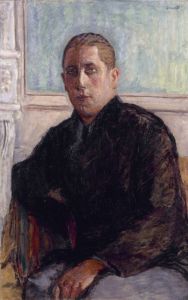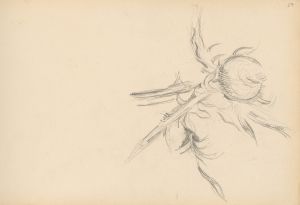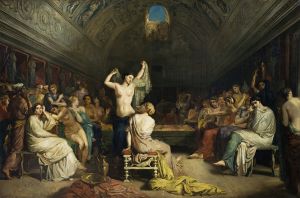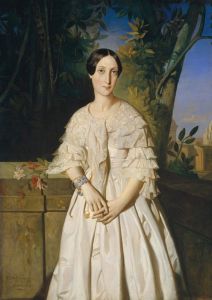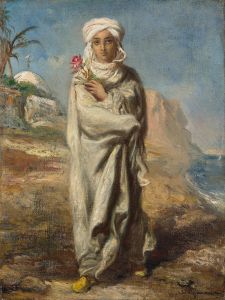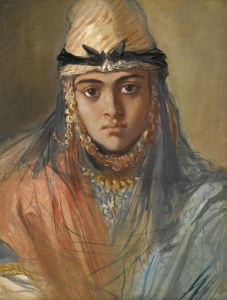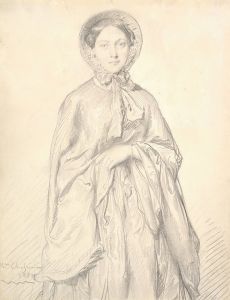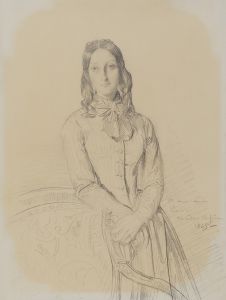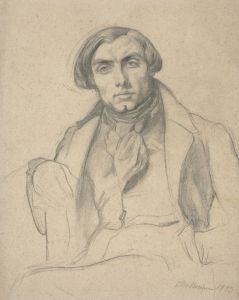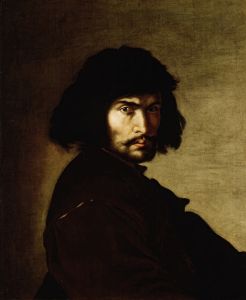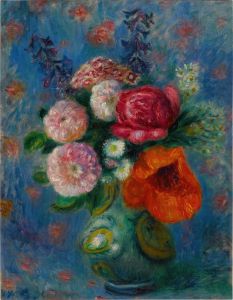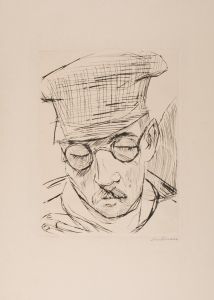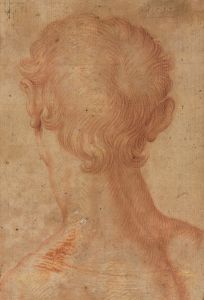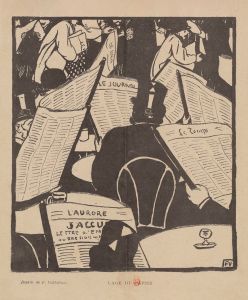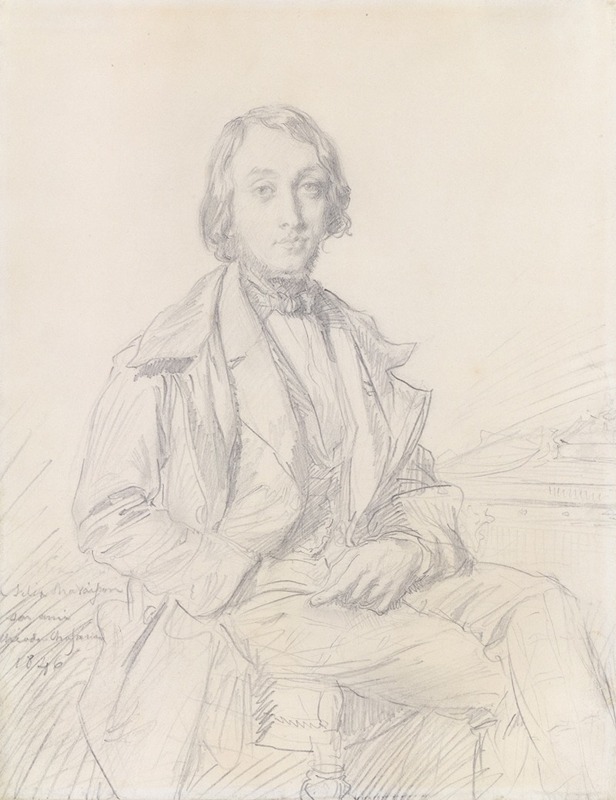
Portrait of Félix Ravaisson
A hand-painted replica of Théodore Chassériau’s masterpiece Portrait of Félix Ravaisson, meticulously crafted by professional artists to capture the true essence of the original. Each piece is created with museum-quality canvas and rare mineral pigments, carefully painted by experienced artists with delicate brushstrokes and rich, layered colors to perfectly recreate the texture of the original artwork. Unlike machine-printed reproductions, this hand-painted version brings the painting to life, infused with the artist’s emotions and skill in every stroke. Whether for personal collection or home decoration, it instantly elevates the artistic atmosphere of any space.
"Portrait of Félix Ravaisson" is a painting by the French artist Théodore Chassériau, completed in 1846. This work is a notable example of Chassériau's portraiture, showcasing his skill in capturing the essence and character of his subjects. The painting depicts Félix Ravaisson, a prominent French philosopher and archaeologist, who was an influential figure in the intellectual circles of 19th-century France.
Théodore Chassériau was born in 1819 in the French colony of Santo Domingo (now the Dominican Republic) and moved to Paris at a young age. He became a student of the renowned painter Jean-Auguste-Dominique Ingres, whose neoclassical style initially influenced Chassériau's work. However, Chassériau later developed his own unique style, blending elements of Romanticism and Orientalism, which set him apart from his contemporaries.
The portrait of Félix Ravaisson is executed in oil on canvas, a medium that Chassériau frequently employed. The painting is characterized by its meticulous attention to detail and the subtle use of color and light, which are hallmarks of Chassériau's mature style. The composition is intimate, focusing closely on Ravaisson's face and upper body, allowing viewers to engage directly with the subject's thoughtful expression.
Félix Ravaisson, born in 1813, was a significant figure in the development of French philosophy during the 19th century. He is best known for his work on the philosophy of habit and his contributions to the understanding of Aristotle. Ravaisson's ideas were influential in shaping the intellectual landscape of his time, and he held various academic and administrative positions, including serving as the Inspector General of Libraries in France.
In the portrait, Chassériau captures Ravaisson's intellectual presence and contemplative nature. The philosopher is depicted with a calm and composed demeanor, his gaze directed slightly away from the viewer, suggesting introspection. The background of the painting is understated, ensuring that the focus remains on Ravaisson's face and expression.
Chassériau's ability to convey the personality and inner life of his subjects is evident in this work. The portrait not only serves as a visual representation of Ravaisson but also reflects the broader cultural and intellectual milieu of 19th-century France. Chassériau's portraits are often praised for their psychological depth, and this painting is no exception.
The "Portrait of Félix Ravaisson" is part of the collection at the Musée d'Orsay in Paris, a museum renowned for its extensive collection of 19th-century art. The painting is an important piece within Chassériau's oeuvre and is appreciated for its artistic merit as well as its historical significance.
Chassériau's work, including this portrait, continues to be studied and admired for its contribution to the development of modern portraiture. His ability to blend classical techniques with a more personal and expressive style has earned him a lasting place in the history of art. The "Portrait of Félix Ravaisson" remains a testament to Chassériau's skill as a portraitist and his ability to capture the essence of his subjects with sensitivity and insight.





